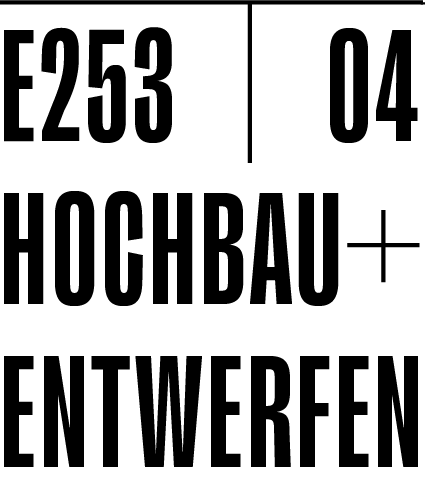Close Distance: Sacral aspects in architecture through the prism of contemporary profane buildings
Student: Ivica Brnić
Supervisor: Thomas Hasler
In earlier centuries, sacred architecture, embodying all other arts, was considered the highest form of architecture. With the differentiation of functions that came about with secularisation in modern times, this relationship has radically changed. The question arises, to what extent the architectural qualities in sacred architecture is of relevance today?
This research sets out to question, whether the notion of the sacred in architecture can be considered a cross-genre phenomenological property that can unfold itself in secular architecture. Recent discoveries in the field of perception from both cognitive science and the embodiment thesis will inform the argument.
The sacred aspects in architecture are discussed and defined, making it possible to grasp them as architectural properties in terms of their specific material, constructive or spatial qualities. These properties are considered in terms of their physical, phenomenological and transcendental essences.
Following an overview of the conceptual and historical questions relating to sacred architecture, Rudolf Schwarz’s theoretical arguments concerning the relationship between the sacred and modern architecture are discussed. Subsequently, based on the analysis of a secular building by Louis Kahn, Tadao Ando and Peter Zumthor respectively, the historical continuity and the profound relationship of this issue with the present are reflected upon. (Abb.1)
Keywords: architecture, sacred, profane, holy, sacred architecture, separation, space, sacred dimension, hereafter, transcendence, modernity, abstraction, spatial alienation, empty space, nothing, presence, absence, phenomenology, Einfühlung / empathy, embodiment, scale, immeasurable, scale-analogy, utilitarian scale, secularization, post-secular, Rudolf Schwarz, Louis Kahn, Tadao Ando, Peter Zumthor, Romano Guardini, Mircea Eliade, Thomas Hasler
